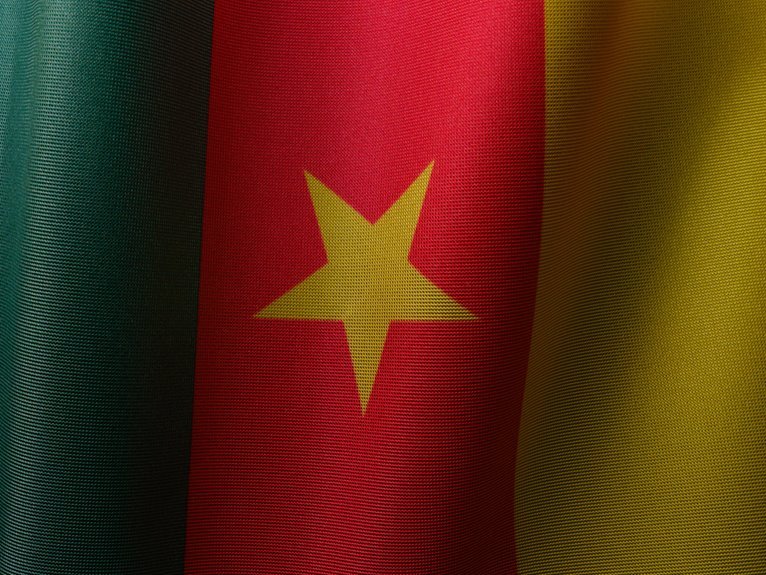
Flag of Chile : Colors, History, and Meaning
The flag of Chile stands as a significant emblem, intricately woven into the nation's history and identity. Its colors—blue, white, and red—represent elements deeply rooted in the landscape and struggles of the Chilean people. Understanding the flag involves exploring its historical evolution and the symbolism behind its design. As one examines these aspects, questions arise about how this emblem continues to shape national pride and unity in contemporary society.
The Colors of the Chilean Flag
The colors of the Chilean flag—blue, white, and red—carry significant symbolism that reflects the nation's identity and history.
The blue represents the sky and the Pacific Ocean, while the white signifies the snow-capped Andes.
Red embodies the blood shed for freedom.
Together, this flag design encapsulates the essence of Chilean resilience, forging a powerful narrative of hope and independence through its color significance.
Historical Context and Evolution
Chile's flag, a symbol of national pride, has undergone significant transformations since its inception in the early 19th century.
Its historical significance reflects the evolving identity of the nation, influenced by independence movements and political changes.
The flag's evolution serves as a visual narrative of Chile's journey, embodying the aspirations for freedom and unity that shaped its people throughout the years.
Symbolism and Meaning
At first glance, the flag of Chile presents a striking combination of colors and shapes, each element laden with meaning.
The white symbolizes the snow-capped Andes, while the blue represents the sky and ocean. The red embodies the blood shed for freedom, showcasing its cultural significance.
Together, these elements create a powerful patriotic symbolism that resonates deeply with the Chilean identity and aspirations for liberty.
The Flag's Role in National Identity
National flags often serve as powerful symbols of collective identity, and for Chile, the flag stands as a prominent emblem of unity and pride among its people.
Its colors reflect the nation's history and aspirations, fostering a sense of belonging.
The flag's cultural significance enhances national pride, as it encapsulates the struggle for freedom and the shared values of Chileans, reinforcing their identity.
Conclusion
In conclusion, the Chilean flag, with its striking colors and rich historical context, stands as a testament to the nation's journey towards independence and unity. Each hue encapsulates a profound narrative, from the vastness of the ocean to the valor of those who fought for freedom. As Chileans proudly display their flag, one must ponder: how does this emblem continue to inspire a collective identity in a rapidly changing world? The answer lies in its enduring significance and emotional resonance.




